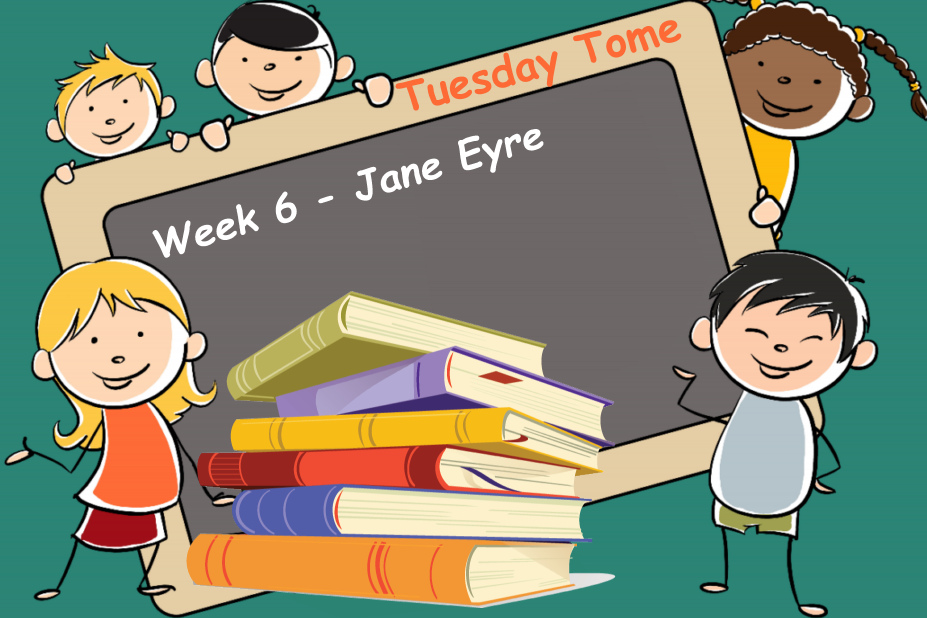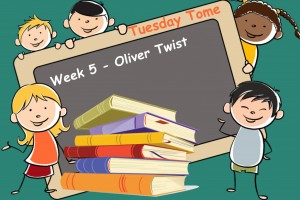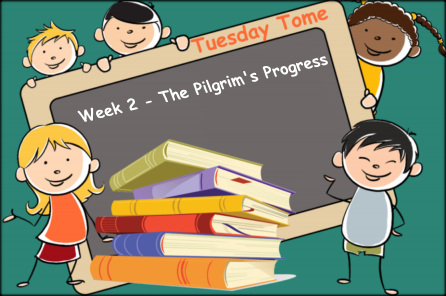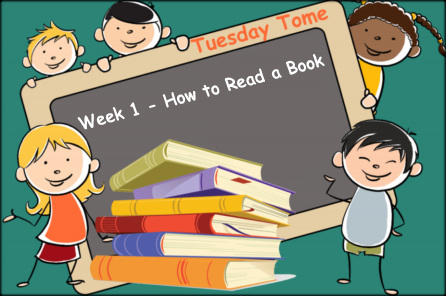This book is dynamite. I bought it in 2013 and I just now got around to reading it. You see, I read the chapter headings and I knew I agreed wholeheartedly with every single point. I had more urgent things to do and read, so I kept this book on the shelf.
But its time had come. I am glad I read it. Even if you agree with broad principles, there are details that make all the difference. Anthony Esolen, the author, grew up Catholic and went to Catholic schools. He experienced some of the deterioration of the American educational system even in the private, Catholic system. And he writes tongue-in-cheek through the whole book, which keeps things interesting and funny.

He talks about how the government wants dummies it can control. Hence, public education has been dumbed down so that it produces citizens who feel powerless, lack initiative, and feel dependent on a technocratic state. If a child has imagination, he just might break out of the mold and forge an independent career outside “the system” and Uncle Sam, of course, does not want that.
Here are the 10 ways to destroy the imagination of your child:
- Keep him indoors. If a child sees the sky, especially at night, he might actually start dreaming and be inspired about the vastness of the universe. Who knows where such liberating, inspiring thoughts might take him?
- Schedule every minute of your child’s life. If you leave children get bored for a few minutes, they will actually come up with new games and ideas to entertain themselves, which develops the imagination.
- Keep children away from machines. Mechanical gadgets fascinate and inspire and empower children to develop new ideas and technologies – a threat to a technocratic state which hates “unauthorized personnel.”
- Replace the fairy tale with political cliches. Here’s a quote from page 97: “Fairy tales and folk tales are for children and childlike people, not because they are little and inconsequential, but because they are as enormous as life itself… It is not a failure of imagination to see the sky as blue. It is a failure rather to be weary of its being blue – and not to notice how blue it is. An appreciation for the subtler colors of the sky will come later. In the folk tale, good is good and evil is evil, and the former will triumph and the latter will fail. This is not the result of the imaginative quest. It is rather its principle and foundation. It is what will enable the child later on to understand Macbeth, or Don Quixote, or David Copperfield.” Page 96: “It has been a great victory for the crushers of imagination to label such figures ‘stereotypes,’ and add a sneer to it, as if people who used them in their stories were not very imaginative…” Page 98: “In any case, when you starve your child of the folk tale, you not only cramp his imagination for the time being. You help to render vast realms of human art (not to mention human life) incomprehensible.” Liberals will tell you that “teaching is a political art” and they will not understand why we have to read Virgil.
- Cast aspersions upon the heroic and the patriotic. P. 140: “The imagination seeks out the ideal, and beholds its beauty. In doing so it penetrates farther to the truth than does the sloth of cynicism.” So history is taught today by magnifying the faults of its heroes.
- Cut all heroes down to size. P. 146: “Boys in particular are natural hero-worshipers.” So teach them to sneer at people who accomplish difficult tasks, like crossing half-starved men across the icy Delaware on a night-attack against professional soldiers at Trenton (George Washington, in case you did not know the story). Teach them to snicker at anybody possessing moral excellence. Help them laugh at what they do not understand. Teach them to hate and suspect excellence. Build up their carapace of self-absorption.
- Reduce love to sex and narcissism. Enough said.
- Level distinctions between men and women. Popular culture, wrongly called “culture,” is actually mass entertainment. It talks “glibly about traditional manhood and traditional womanhood with a knowing wink – meaning brutality and idiocy. That such men and women, possessed of virtues we ignore, tamed a continent, is not to be considered… Have children understand that manliness and womanliness are contemptible. The true man is a cartoon figure, a crazy mixture of steroid-exploded muscle mass, grunts, and a bad shave. Otherwise men are fat, sloppy, and stupid. They paint their bellies for football games and drink beer. They are incompetents in the workplace. Their conversation revolves around fast food and fast women. For their part, the women are skinny to the point of emaciation. They wear clothes that wold make the whores of old blush. They are fussy, snippy, and feline. They enjoy humiliating men, who always come back for more anyway. They have studied martial arts, and can be choreographed into delivering a backhand slap from a thin-wristed arm that will defy all the laws of physics and send a 250-pound man reeling. They have foul mouths, but they don’t come by the foulness honestly; a sort of sneaky, sniggering arch foulness…”” (p. 196)
- Distract the child with the shallow, unreal, and the noise. The noise of video games, TV screens, and modern music allows no time for reflection and developing a listening ear for what really matters. Jesus said, “Let him who has ears to hear, hear.” (Mark 4:23) Elijah listened to the still small voice, which was a faint whispering sound, after the Lord was NOT in the whirlwind, the fire, or the earthquake. Albert Einstein, daydreaming on the hillsides of Tuscany, bathing in the Mediterranean sunlight, wondered about light and what it would be like to ride a ray of sunlight. He listened to the light and came up with the theory of relativity. Silence fosters imagination.
- Deny the transcendent. Esolen makes a case against children’s Bibles, with their cartoonish images of God, Jesus, and the great heroes of old. He wants children to read and not understand everything in the Bible at first. It is OK to be intimidated, to not know what “issue” means, or “boils.” These things can be explained in due time. But the idea is to make the child connect with God’s mind through a reading of the original text, not some watered down version for children.
I hope I have whetted your appetite for this entire book. You will want to get your own copy so you can underline passages and refer to them every time you are tempted to sit your child in front of a screen.







